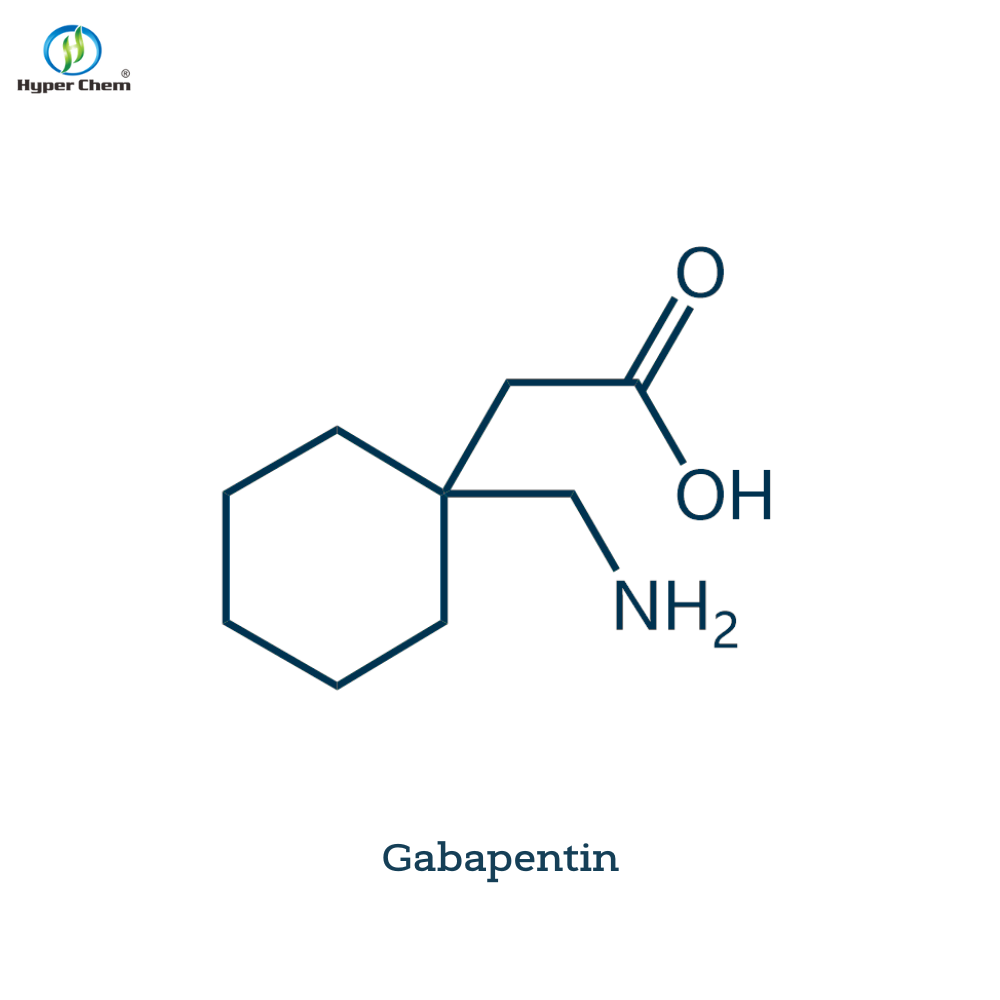-
Categories
-
Pharmaceutical Intermediates
-
Active Pharmaceutical Ingredients
-
Food Additives
- Industrial Coatings
- Agrochemicals
- Dyes and Pigments
- Surfactant
- Flavors and Fragrances
- Chemical Reagents
- Catalyst and Auxiliary
- Natural Products
- Inorganic Chemistry
-
Organic Chemistry
-
Biochemical Engineering
- Analytical Chemistry
-
Cosmetic Ingredient
- Water Treatment Chemical
-
Pharmaceutical Intermediates
Promotion
ECHEMI Mall
Wholesale
Weekly Price
Exhibition
News
-
Trade Service
Gabapentin is a widely used anticonvulsant and analgesic medication that is primarily used to treat epilepsy and chronic pain.
It is also used to treat other conditions, such as restless legs syndrome and postherpetic neuralgia.
The chemical industry plays a crucial role in the production and distribution of gabapentin, as it involves a number of upstream and downstream products.
Upstream Products
The upstream products in the production of gabapentin include the raw materials required for its manufacture.
These include lysine, an amino acid that is used in the synthesis of gabapentin, and amino acids such as phenylalanine, leucine, and valine.
These amino acids are typically derived from plant or animal sources and are processed to remove impurities before being used in the manufacture of gabapentin.
Downstream Products
The downstream products in the production of gabapentin include the finished medication that is marketed and distributed to patients.
These products can include various forms of gabapentin, such as capsules, tablets, or powders for mixing with liquids.
The finished products are packaged in various sizes and formats, depending on the needs of the patient and the instructions of the prescribing physician.
The Production Process
The production process for gabapentin involves a number of steps, starting with the manufacture of the raw materials and ending with the production of the finished medication.
The first step in the production process is the synthesis of gabapentin from the raw materials.
This typically involves the reaction of lysine with other amino acids in the presence of specialized chemicals and catalysts.
The resulting compound is then purified and processed to remove any impurities or unwanted substances.
The purified compound is then formed into various shapes, such as capsules or tablets, using specialized equipment and techniques.
The final step in the production process is the packaging of the finished medication, which is typically done in a sterile environment to ensure that the product is free from contamination.
The Regulatory Environment
The production and distribution of gabapentin are subject to strict regulations by government agencies such as the Food and Drug Administration (FDA) in the United States.
These regulations are in place to ensure that the medication is safe and effective for use in patients.
The manufacturers of gabapentin are required to meet certain standards and guidelines for the production and distribution of the medication, including the use of high-quality raw materials and the implementation of good manufacturing practices (GMP).
The FDA also requires the submission of clinical trial data to demonstrate the safety and efficacy of the medication before it can be approved for use in patients.
The Economic Impact
The production and distribution of gabapentin have a significant economic impact on both the chemical industry and the healthcare sector.
The chemical industry is a major supplier of the raw materials used in the production of gabapentin, and the production of the medication creates jobs and economic activity in this sector.
The healthcare sector also benefits from the availability of gabapentin, as it is able to treat a variety of conditions and improve the quality of life for patients.
The Future of Gabapentin
The future of gabapentin is likely to be shaped by advances in the field of medicine and the development of new treatments and therapies.
As the understanding of the underlying mechanisms of diseases such as epilepsy and chronic pain continues to evolve, there may be new opportunities for the development of more effective and targeted treatments.
Gabapentin may also be used in combination with other medications to enhance their efficacy and reduce the risk of side effects.
Conclusion
The production and distribution of gabapentin involves a number of upstream and downstream products and is subject to strict regulatory oversight.
The economic impact of the production and distribution of gabapentin is significant, as it creates jobs and economic activity in the chemical industry and improves the quality of life for patients.
As the field of medicine continues to evolve, there may be new opportunities for the development of







